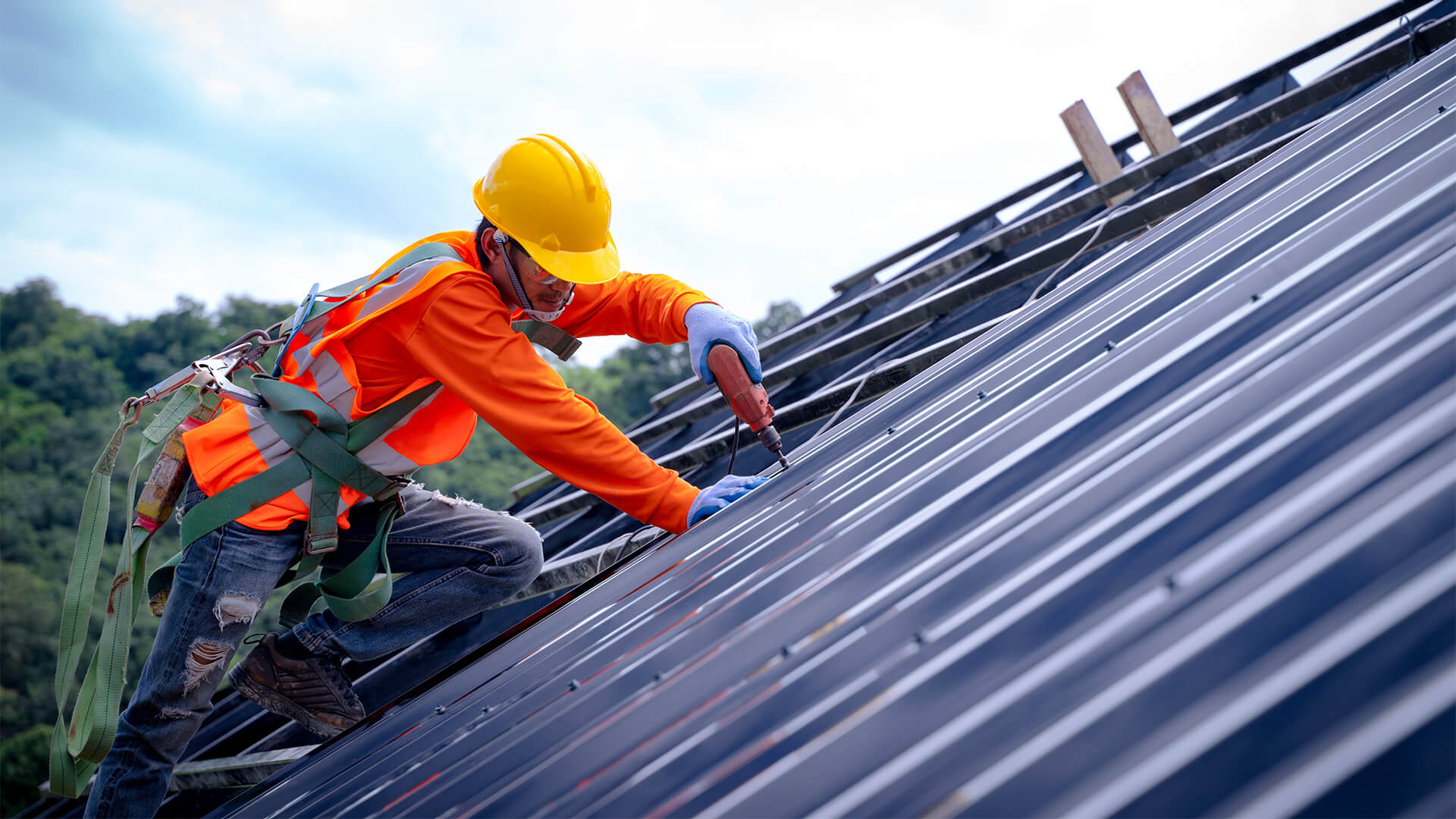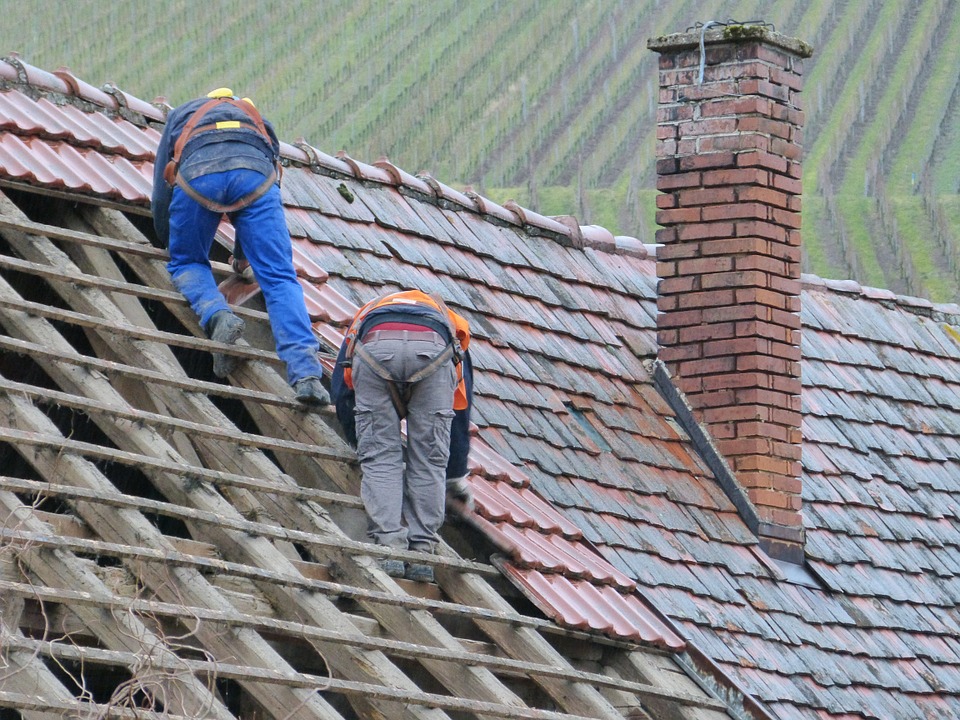Roofing Companies Oahu: Trusted Professionals for Your Roofing Needs
Roofing Companies Oahu: Trusted Professionals for Your Roofing Needs
Blog Article
Comprehending the Various Kinds of Roofs: A Comprehensive Guide for Homeowners
In the world of homeownership, picking the proper roofing design is a choice that carries considerable effects for both performance and aesthetic appeal. With an array of options-- varying from the typical gable to the contemporary level-- each kind offers unique benefits and challenges that should align with the house owner's certain requirements and environmental factors to consider. Recognizing these differences not only help in making an enlightened selection but also affects long-lasting maintenance and power effectiveness. As we explore the details of numerous roof kinds, it comes to be obvious that a person dimension does not fit all; the best option may amaze you.
Saddleback Roof
Saddleback roofs, identified by their triangular form, are among one of the most popular roof covering designs due to their simpleness and efficiency in dropping water and snow. This layout includes 2 sloping sides that fulfill at a ridge, enabling reliable drainage and reducing the threat of water buildup. The high pitch frequently connected with saddleback roofs improves their ability to deal with hefty precipitation, making them appropriate for various environments.
Along with their sensible advantages, gable roofs offer visual flexibility. They can be adapted to different building designs, from traditional to modern homes. The design can likewise accommodate added functions such as dormer windows, which improve natural light and ventilation in the attic room.
Additionally, gable roofings supply enough room for insulation, adding to energy efficiency. Property owners can choose from a range of roofing materials, including asphalt roof shingles, steel, and tiles, further boosting modification options.
Despite their benefits, saddleback roofs might need added support in locations vulnerable to high winds or hefty snowfall. Overall, the saddleback roof remains a popular selection because of its mix of capability, durability, and visual charm.
Apartment Roofs
Level roofings are commonly acknowledged for their minimalist design and practical applications, especially in business and industrial settings (oahu roofing). These roofs feature a almost straight or horizontal surface, which enables easy building and flexible space application. While they may lack the aesthetic appeal of pitched roofings, flat roofing systems use many advantages, particularly in city environments where making the most of room is important
One of the key advantages of flat roofs is their access. Property owners can utilize the roofing system space for various functions, such as rooftop yards, terraces, or solar panel installments. In addition, flat roofing systems are usually more cost-efficient to preserve and mount contrasted to their sloped equivalents, as they require fewer materials and labor.
Nevertheless, level roofings do present specific obstacles. Correct drainage is important to stop water merging, which can result in leaks and architectural damages. For this reason, picking top notch waterproofing products and normal examinations are critical for making certain durability. Usual products utilized for flat roofing systems include built-up roof covering (BUR), customized bitumen, and single-ply membranes, each offering unique advantages. On the whole, level roofing systems function as a adaptable and functional selection for many house owners and companies alike.
Hip Roofing Systems
Hip roof coverings are identified by their sloped sides that assemble on top, forming a ridge. This layout stands out from saddleback roofs, as all 4 sides of a hip roof covering slope downwards toward the walls, supplying a more stable structure. The angle of the slopes can vary, enabling for adaptability in architectural visual appeals and performance.
One of the key benefits of hip roofing systems is their capacity to endure hefty winds and adverse climate condition. The sloped surface areas allow much better water drain, minimizing the risk of leaks and water damage. Additionally, hip roofs supply increased attic room, which can be utilized for storage or even transformed into livable areas.
Nevertheless, constructing a hip roof can be a lot more costly and complex than simpler roof kinds, such as gable roofing systems. The extra product and labor involved in creating the inclines and making sure correct architectural integrity can bring about higher expenditures. Regardless of these disadvantages, lots of house owners prefer hip roof coverings for their durability, visual allure, and capacity for power efficiency.
Mansard Roof Coverings
Mansard roof coverings, frequently identified by their special four-sided style, attribute two slopes on each side, with the lower slope being steeper than the upper. This architectural style, stemming from France in a fantastic read the 17th century, is not only aesthetically attractive yet functional, as it makes best use of the useful area in the upper floorings of a building. The high lower incline enables more clearance, making it a perfect choice for attics or lofts, which can be transformed into living areas.
Mansard roofs are defined by their adaptability, suiting numerous building designs, from standard to contemporary. They can be created with various products, consisting of asphalt shingles, slate, or steel, giving home owners with a range of options to suit their budgets and preferences. In addition, the layout enables the combination of dormer home windows, enhancing all-natural light and ventilation in the top levels.
However, it is important to think about the potential disadvantages. Mansard roofs may need even more upkeep as a result of the complexity of their style, and their steep inclines can be challenging why not check here for snow and rainfall overflow. In general, mansard roofings combine style with usefulness, making them a popular choice among home owners seeking distinct architectural features.
Shed Roofs
As home owners progressively look for simplicity and capability in their building designs, dropped roof coverings have arised as a preferred choice. Defined by a single sloping plane, a shed roof covering presents a minimalist visual that complements different home designs, from contemporary to read rustic.
Among the main benefits of a shed roof covering is its simple building and construction, which commonly equates to decrease labor and product prices. This style enables reliable water drainage, reducing the threat of leakages and water damages. In addition, the upright incline offers enough space for skylights, improving natural light within the interior.
Dropped roofings additionally offer flexibility in terms of use. They can be efficiently incorporated into enhancements, garages, or outside structures like sheds and structures. Moreover, this roof covering design can fit different roofing products, including metal, asphalt shingles, and even eco-friendly roofings, straightening with environmentally friendly campaigns.
Nonetheless, it is important to take into consideration regional environment conditions, as hefty snow lots may require modifications to the roofing system's angle or framework. On the whole, dropped roofings provide a useful and visually pleasing alternative for property owners wanting to take full advantage of performance without compromising style.
Conclusion


Gable roofings, characterized by their triangular form, are among the most preferred roofing designs due to their simpleness and effectiveness in losing water and snow. oahu roofing. The high pitch typically connected with gable roofings improves their ability to handle hefty rainfall, making them appropriate for various climates
While they might lack the visual allure of pitched roofings, level roofing systems supply various advantages, specifically in metropolitan environments where making the most of space is critical.

Report this page